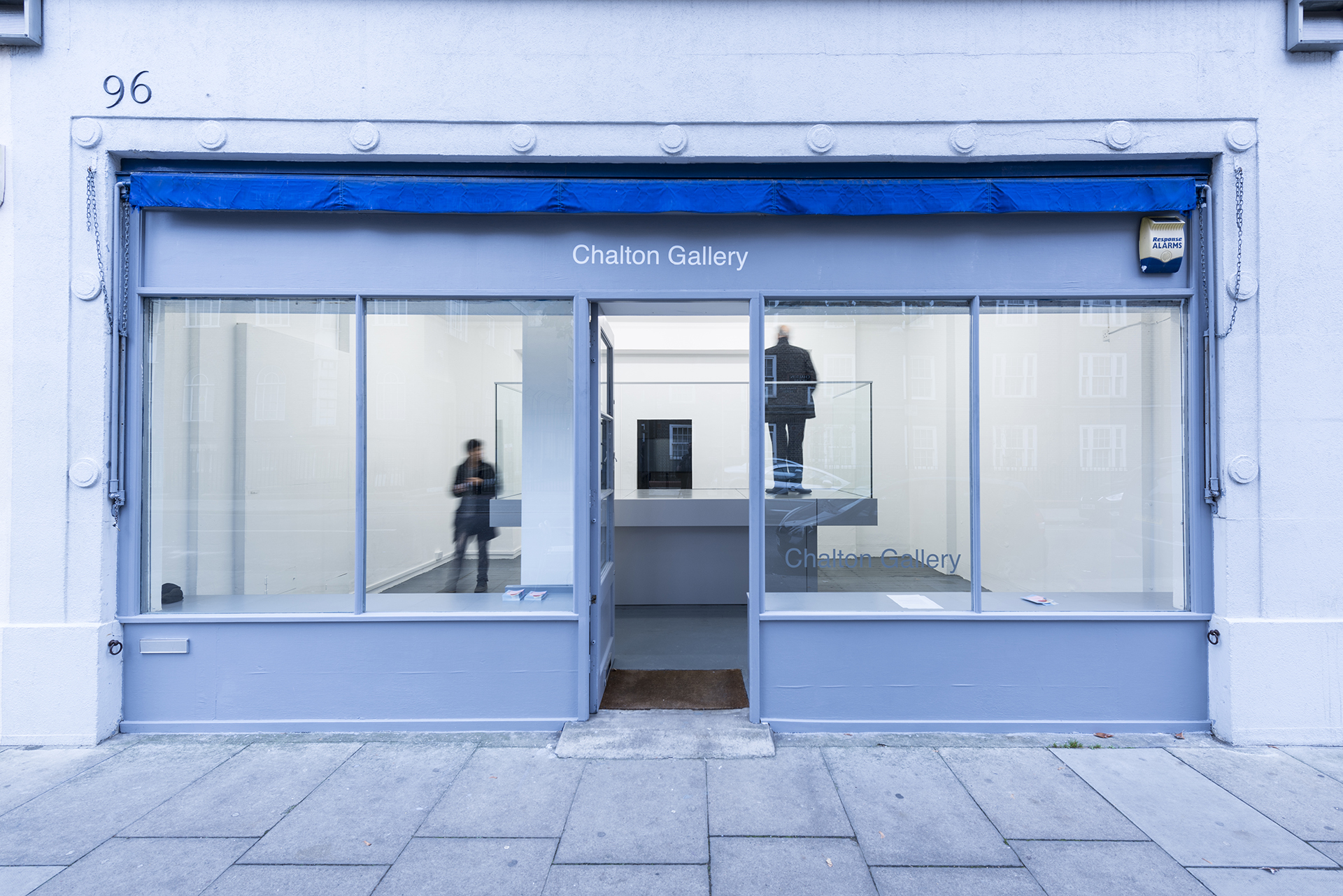Henry’s practice pushes at the edges of design which he describes as ‘the outcropping of the prevailing conditions that determine the way we travel through the world’. This invariably brings him to create works that respond to the urban space, where architecture and the built environment lead him to propose surreal interjections such as his sculptural installation ‘Scrape’ (referencing the “anti-scrape” nickname for William Morris’s Society for the Protection of Ancient Buildings). In this piece Coleman re-made a set of iconic 1960s signs recently removed from the front of the French Railways House on Piccadilly and re-sited them across the façade of the Royal Academy nearby. This ‘geographical slippage’ as Coleman calls it formed a viscerally surreal appeal to a spatial and architectural memory while the confusion of design and architecture created by the move highlighted the signs’ permanent absence from Piccadilly. In 2015 Coleman staged ‘The Greater Order’ an exhibition at the Royal Academy where he had recently completed his MA. The exhibition involved temporarily blocking the Cast Corridor, the private arterial heart and the iconic image of the Schools, which was absorbed into and cloaked by the marketing materials of the wider Academy; Inhabiting the metaphors of the curtain, the banner and the flag to talk about issues of visibility as a route to commodification and the rights to space. Coleman’s interest in adapting to changed and changing contexts has led to several projects in Latin America, particularly Mexico City where his interest in the late Mexican architect Juan O’Gorman has spearheaded past and future projects.
Since his nomination in 2016 alongside his continuing practice Coleman has co-curated the ‘Physical Information’ programme of exhibitions at Bloomberg SPACE; a series of five exhibitions that explored how physical objects could generate alternative experiences in an increasingly abstract world, activate public imagination and orient social space. The programme culminated with the exhibition Metro, Art at Velocity; Lance Wyman and Eduardo Paolozzi, which examined the role of design in determining the ways in which we navigate our city spaces.
